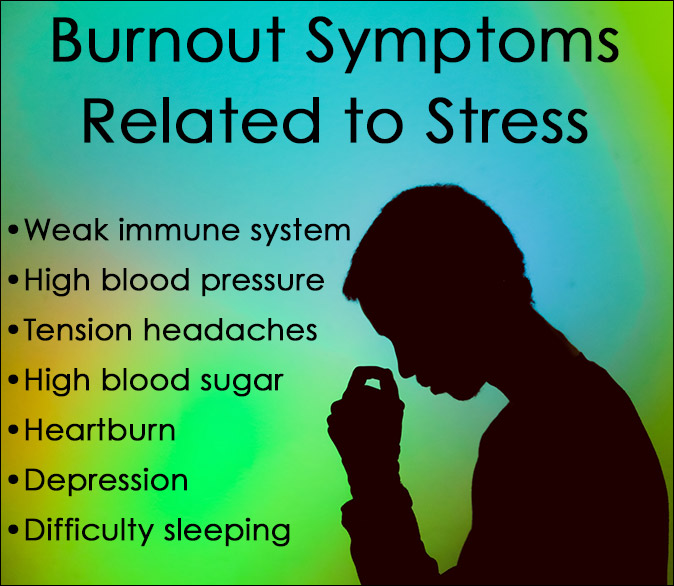
There are now over 200 classifications of mental illness, the most recent being “Burnout.”
Mental illness comes in many forms. One in five adults in the United States (43.8 million per year) experience mental illness and a massive 23% of time lost in both work and life is due to a mental disorder, according to the World Health Organization.
Approximately 7.9 million adults in the U.S. have both a substance use disorder and another mental health illness. Substance use is classified as a mental illness because it affects all areas of a person’s life, from altering decision-making processes to affecting the ability to work.
Due to the stigma often perceived around mental health, people often struggle alone and fail to ask for help. Men are less likely to seek help for mental health concerns. Shockingly more than half of the people with both a mental health disorder and substance use disorder are male.
Related: Dual Diagnosis Treatment for Addiction and Mental Illness
Due to the latest change in mental health policies, people may now be more willing to step up and get the help that they need. The World Health Organization (WHO) has now classified Burnout as a syndrome that results from chronic workplace stress.
Is Work Burnout Considered a Mental Illness?
The meaning of Burnout is defined as having feelings of both physical and emotional exhaustion usually due to stress related to working conditions.
Burnout is now classified as a “syndrome” with set behaviors and symptoms. That means that people can now point to workplace stress as the origin of their illness.
Importantly, Burnout is an illness however it is not classified as a disease, which is great news. The word “syndrome” is not perceived to be as intense as the word “disease.”
Prior to the classification, people might worry about being labeled with a stigmatizing disease if they took time off due to Work Burnout related to their occupation or career.
Many people will now find relief in knowing that workplace or occupational burnout is recognized by the medical community.

Syndrome vs. Disease: What’s the Difference?
When considering syndrome vs. disease, both are classifications of illnesses that are described in terms of what the medical establishment currently understands.
The main difference between a “syndrome” and a “disease” is that a disease is a disorder in a bodily system caused by an external agent.
A syndrome on the other hand is a collection of symptoms known to frequently appear together.
What are Burnout Symptoms?
Burnout is classified by the WHO as an “occupational phenomenon” by using Christina Maslach’s model for diagnosis of the syndrome.
People suffering will usually display the following 3 Burnout symptoms:
- Energy depletion or exhaustion
- Reduced professional efficacy
- Increased mental distance and possible feelings of negativity or cynicism related to their job
Although many high-powered professionals have suffered from burnout for years, the May 2019 inclusion into the 11th Revision of the International Classification of Diseases (ICD-11) makes the syndrome official.
Burn-out victims are now supported by the Americans with Disabilities Act. Prior to its inclusion in the ICD-11, Burnout was not considered a medical diagnosis.
What is the Cause of Burnout?
Research shows that the cause of burnout is usually when a person’s needs are not in alignment with their job demands. This mismatch can leave a person feeling physically, emotionally and mentally exhausted.
The annual cost of Burnout in the United States is estimated to be $300 billion per year due to absenteeism, working while symptoms persist, and employee turnover.
If a person feels frustrated in their job due to not having their individual needs being met, they are at risk for Burnout.
When burnout occurs, it takes a mental, physical, and emotional toll on the individual and it can be a burden on the entire workplace environment.

What are Examples of Burnout Symptoms Related to Stress?
When exposed to on-going stressors the body triggers the (brain’s) hypothalamus to alert the adrenal glands to release stress hormones. For this reason people often call Burnout “Adrenal Fatigue.”
This fight-or-flight response was designed to keep us safe from predators, however can result in chronic stress if left unchecked.
The stress hormones push all of the body’s energy into the limbs and away from the digestive and immune system to help the body get ready for action. If there is no apparent action to take, the stress hormones can cause havoc in the body.
Some of the physical Burnout symptoms of chronic stress include:
- Tension headaches
- Depression
- Heartburn
- Insomnia
- Weakened immune system
- High blood sugar
- High blood pressure
What is the Recommended Burnout Treatment?
Left untreated Burnout can lead to substance abuse or other chronic illness, therefore it is important to understand ways of overcoming burnout.
It’s common for people to leave a mental illness untreated and only seek help when it manifests as a physical illness.
Burnout treatment often includes focusing on ways to decrease stress and boost the immune system. Easier said than done!
We’ve listed a few lifestyle factors that can improve Burnout symptoms below.
Related: The Compassionate Care Model®
Helpful Ways of Decreasing Stress and Overcoming Burnout
On a personal level there are many lifestyle choices that can enhance resiliency to workplace stress. Here are a few examples:
- Eat a balanced healthy diet
- Speak with HR or a physician about your feelings
- Take advantage of annual leave
- Get 7 to 8 hours of sleep each night
- Engage in regular cardiovascular exercise
- Reduce caffeine and alcohol intake
- Maintain a support network of friends, family and co-workers
- Make time for rest, relaxation, and self-care
- Meditation or practice deep diaphragmatic breathing
Final Words
“Burnout” is now classified as a mental illness caused by unmanaged stress at work. Many lifestyle factors can be adjusted to help reduce the effects of Burnout such as changing diet, effective supplementation and self-care protocols.
However, the root cause of the unmanaged stress can also be the result of the overall culture of the organization that must be highlighted and altered.
Left unchecked Burnout can lead to substance abuse and other chronic illnesses. Therefore it is import to ask for help if you’re experiencing any of the symptoms of Burnout.
It’s imperative that people take advantage of individualized care programs when suffering from any form of mental illness.
Many times, more than one illness exists at the same time as others, and for this reason people should be aware that dual diagnosis treatment is the most effective way of overcoming common co-occurring disorders such as anxiety and addiction or depression and addiction.
Overcoming burnout is possible, but often only with proper treatment.
Related Posts
- 19 Movies About Mental Illness (Streaming on Netflix or Amazon)
Because mental health issues are so prevalent, it’s always an appropriate time to discover movies…
- Cocaine Withdrawal Symptoms, Treatment and Detox
Giving up a stimulant substance like cocaine has a complex psychological effect on the recovering…
- Neurosis Symptoms and Definition
Neurotic behavior or neurosis is a term often used casually to describe a person who…
